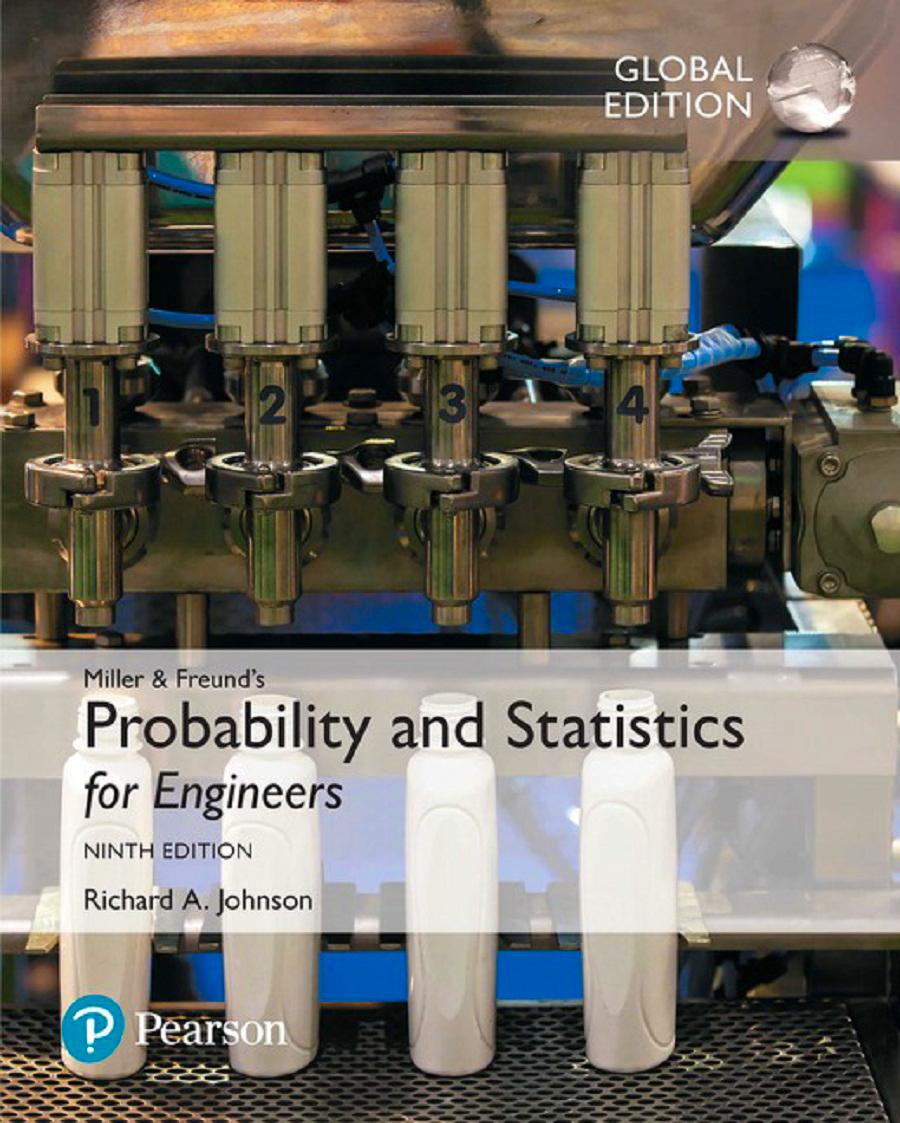Nonparametric tolerance limits can be based on the extreme values in a random sample of size (n)
Question:
Nonparametric tolerance limits can be based on the extreme values in a random sample of size \(n\) from any continuous population. The following equation relates the quantities \(n, P\), and \(\alpha\), where \(P\) is the minimum proportion of the population contained between the smallest and the largest observations with \((1-\alpha) 100 \%\) confidence:
\(n P^{n-1}-(n-1) P^{n}=\alpha\)
An approximate solution for \(n\) is given by
\[n=\frac{1}{2}+\frac{1+P}{1-P} \cdot \frac{\chi_{\alpha}^{2}}{4}\]
where \(\chi_{\alpha}^{2}\) is the value of chi square for 4 degrees of freedom that corresponds to a right-hand tail area \(\alpha\).
(a) How large a sample is required to be \(95 \%\) certain that at least \(90 \%\) of the population will be included between the extreme values of a sample?
(b) With \(95 \%\) confidence, at least what proportion of the population can be expected to be included between the extreme values of a sample of size 100?
Step by Step Answer:

Probability And Statistics For Engineers
ISBN: 9780134435688
9th Global Edition
Authors: Richard Johnson, Irwin Miller, John Freund





